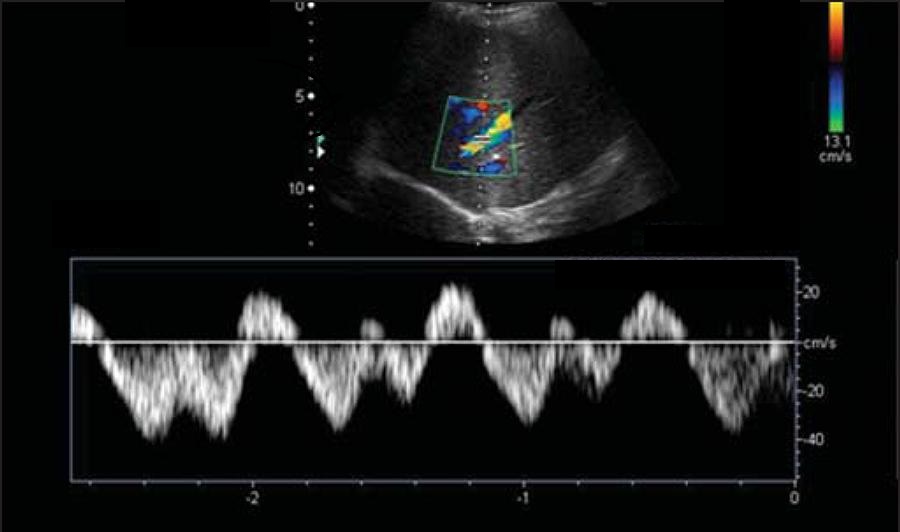By now you’re probably used to checking your acutely ill patients heart and IVC with bedside ultrasound when they come into your ICU. But do you want to learn how to do more with point-of-care ultrasound? Become a master diagnostician who can determine the cause of dyspnea with a few tilts of the probe. Curious how lung ultrasound may help you pick up acute life threatening illness when your patients first arrive to the ICU? Check out the video below for education that will help your next critically ill medical, surgical, or trauma patient.
Lung Ultrasound Nomenclature:
A-lines are horizontal reverberation artifacts that come from the pleura-lung interface
- When present A-lines represent air under the pleural line.
- This can be seen in normal and abnormal lungs.
B-lines are vertical lines emanating from the pleura which are transmitted through the entirety of the screen
- When present B-lines represent fluid in the alveoli or interstitium
- B lines move back and forth across the screen as the pleural line moves
Lung sliding can be seen at the pleural interface
- The presence of lung sliding over the thorax rules out a pneumothorax
- Absence of lung sliding is 100% specific for pneumothorax
Lung Ultrasound in the Literature:
- BLUE Protocol: An observational study of 301 patients from an ICU in France found that following a lung ultrasound protocol with compression sonography of the deep veins, an immediate and accurate diagnosis could be made 90% of the time. (Reference 1)
- F-LUS Protocol: An observational study of 134 patients presenting to an ED with acute dyspnea in Denmark. It combined focused lung ultrasound with focused echocardiography and deep vein analysis. Fourteen percent of patients had a missed acute life threat on their primary evaluation that was identified by ultrasound. The specificity of determining the cause of dyspnea based on chart audit was 93%. (Reference 2)
References
- Lichtenstein DA, Meziere GA. Relevance of Lung Ultrasound in the Diagnosis of Acute Respiratory Failure: The BLUE Protocol. Chest 2008;134:117-125.
- Laursen B, Sloth E, Lambrechtsen, et al. Focused Sonography of the Heart, Lungs, and Deep Veins, Identifies Missed Life-Threatening Conditions in Admitted Patients With Acute Respiratory Symptoms. Chest 2013;144:1868-1875.



